The Independent's journalism is supported by our readers. When you purchase through links on our site, we may earn commission.
How to have a Mexican adventure without destroying the local communities
In the mountains above Oaxaca City is an eco-tourism project that's breathed new life into remote communities. Susan Shain visits the Pueblos Mancomunados
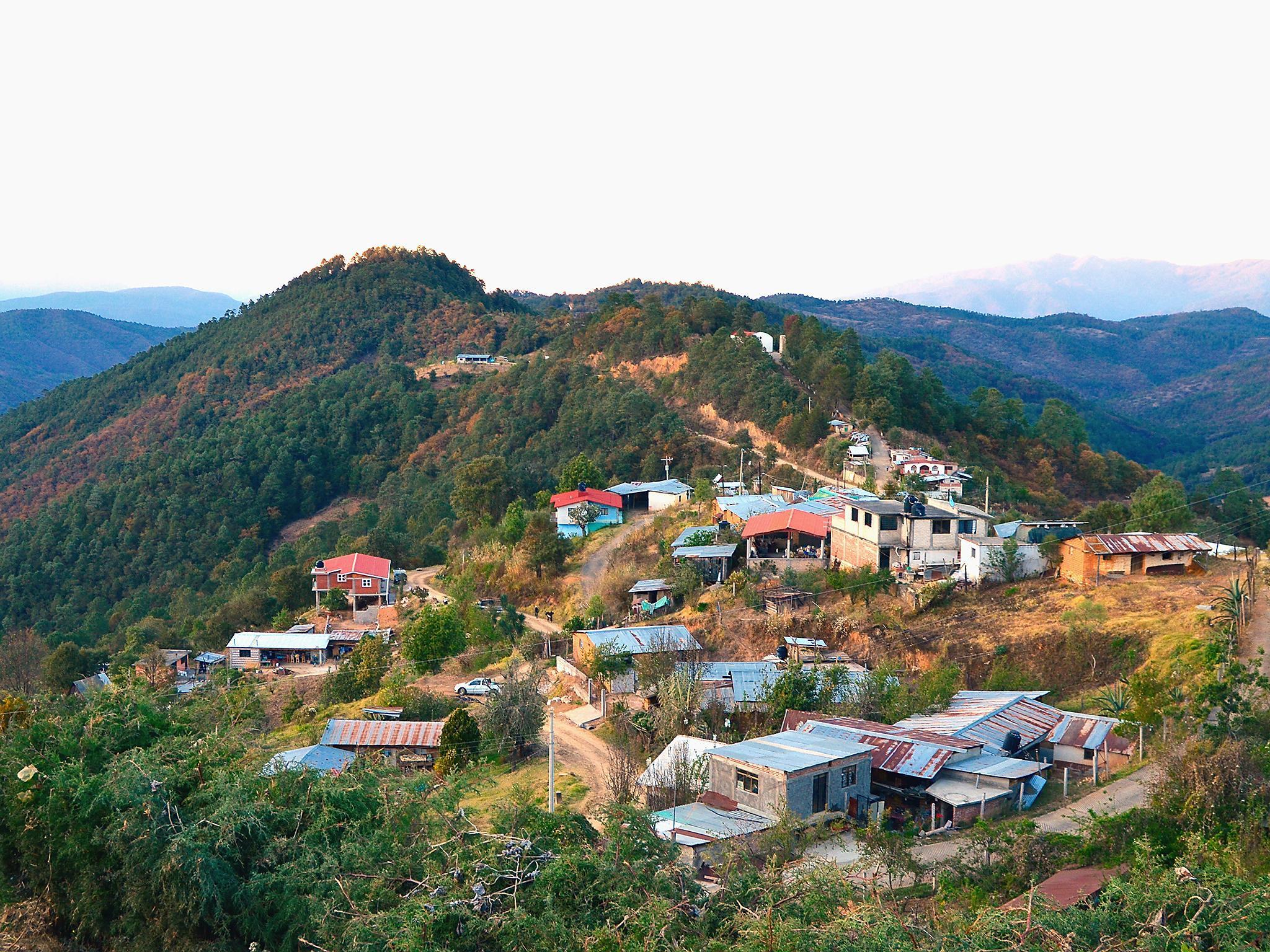
“Now this one, it’s good for hangovers!” says our guide, Yolanda Santiago Martinez, with a laugh. Among the many edible and medicinal plants she has pointed out, this one seems most vital.
The only thing is, we are far from any booze, bars or other people – just the way we’d planned it. High in the mountains above Oaxaca City, my three companions and I are trekking between six villages known as the Pueblos Mancomunados. This morning, we left Cuajimoloyas (altitude 3200m, population 800), and are destined for Santa Maria Latuvi, about 10 miles away.
These villages are linked by culture – their populations are Zapotec, an indigenous people who’ve lived in the region for millennia – but also by economic hardship. Although known for its cuisine and culture, Oaxaca is the second poorest state in Mexico, and those outside the cities are affected most. That’s why in 1998, a forward-thinking group of friends and community members adopted the budding concept of ecotourism and created the Pueblos Mancomunados.
“They saw an opportunity to develop a programme that would push for the economic development of the communities, and at the same time, would contribute to the protection of its natural and cultural heritage,” Angelina Martinez, a native of Cuajimoloyas and the coordinator of Expediciones Sierra Norte, the community-owned company that organises tours in the Pueblos, tells The Independent.
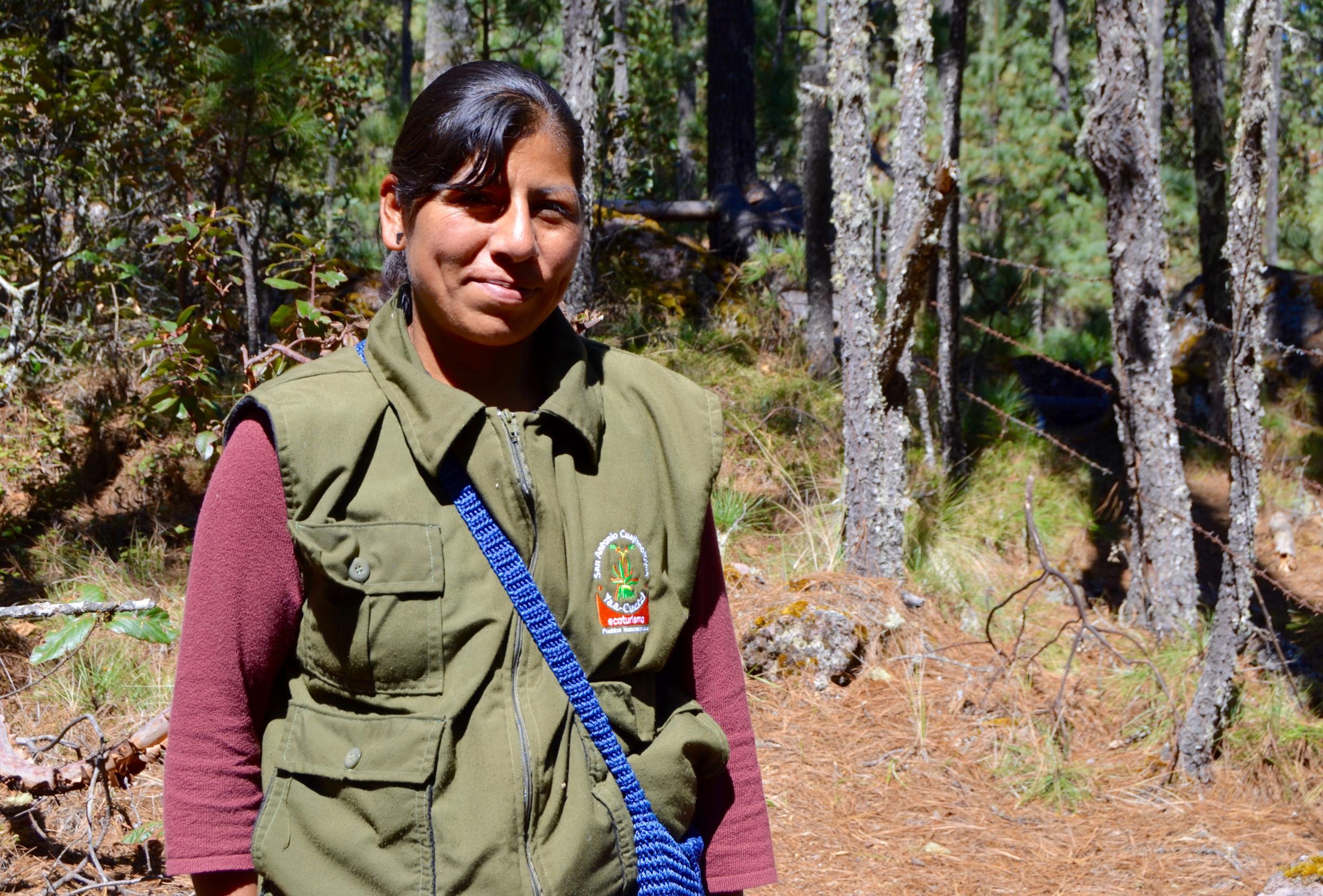
Nearly two decades on, the programme is a confirmed success. Each year, around 17,000 people visit the Pueblos Mancomunados and hike the web of trails (more than 62 miles of them) connecting the villages; the project employs 120 locals. 10 per cent of revenue goes towards administration; the rest goes directly to the towns, where it’s distributed between the service providers (cooks, guides, and so on), then given to the town’s assembly, its highest ruling body. Sometimes money is invested in education, sometimes in community work like drainage, roadworks or electricity; sometimes it’s distributed directly amongst the community.
You can book an organised trip to the Pueblos through Expediciones Sierra Norte, or you can travel independently, arranging things on arrival. You can also hike without a guide (not always a given in Mexico), though I was glad to have Santiago Martinez with our group; not only were some of the trails not well marked, but I enjoyed our chats. “I like sharing my home with tourists,” she tells us, while patiently answering all of our questions. Later, she would hand us over to Samuel Santiago, a farmer from Latuvi, the next stop on the route.
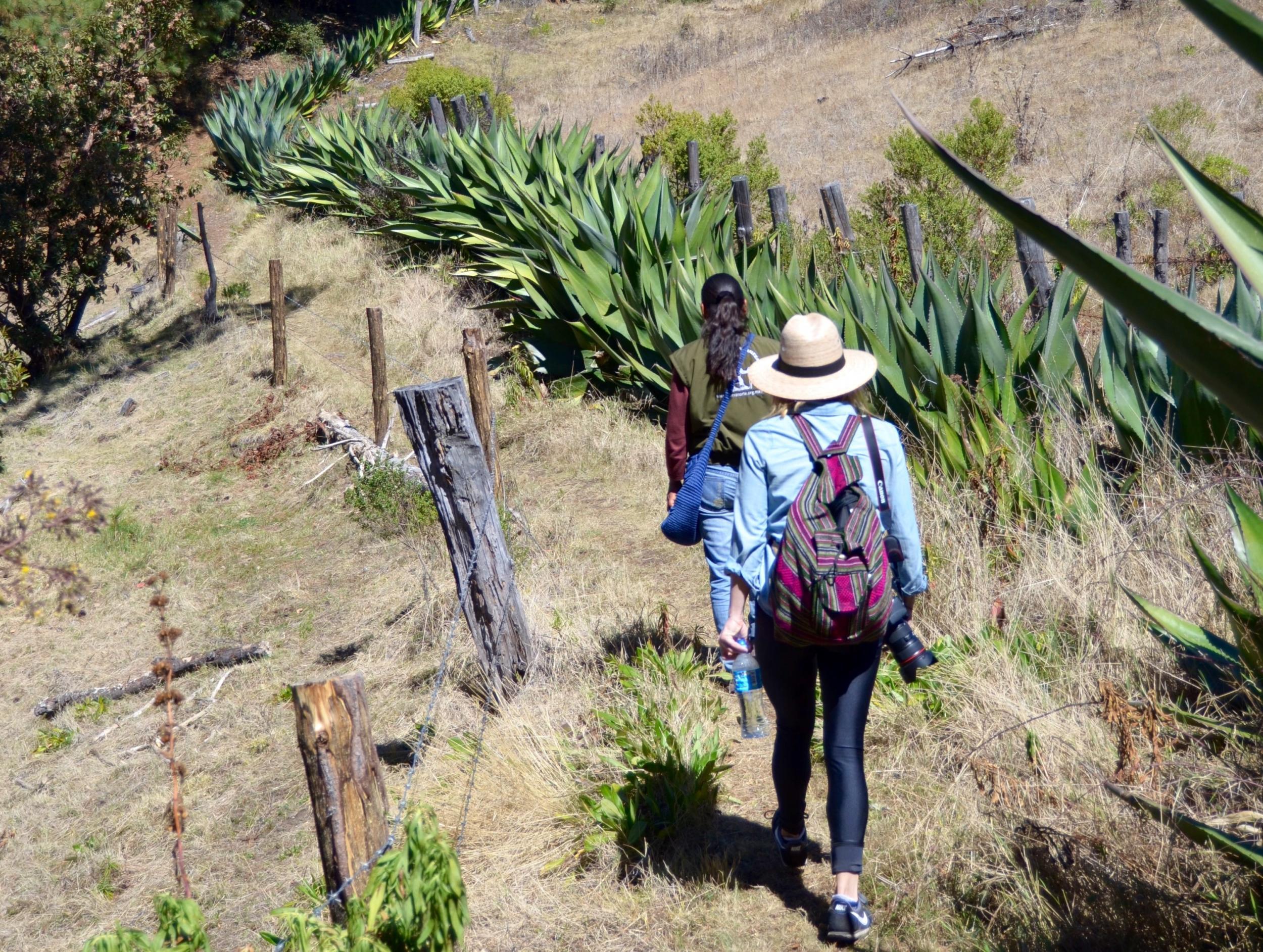
We trek past agave plants taller than we are, arbutus trees laced with bromeliads, and clusters of tiny wild orchids. The Sierra Norte region is home to half of Oaxaca’s native flora plus more than 350 species of butterflies. Sometimes we pass horses or sheep – but over two days, never another person.
Under a setting sun we reach Latuvi, and though we didn’t have high expectations for lodgings, we are soon proved wrong. Our cabins are clean and cosy with heavy blankets, hot water, a fireplace and panoramic views of the green and purple valley. We take turns swaying in the hammock before heading to the nearby comedor for a dinner of fried trout.
This is already adventure tourism, of course, but the Pueblos Mancomunados offer more than hiking. In Latuvi, you can rent mountain bikes, go horse-riding, attend a bread-baking workshop – or do something altogether more spiritual. That evening, we make for the temazcal, a pre-Hispanic sweat lodge supposed to cleanse your mind and body.
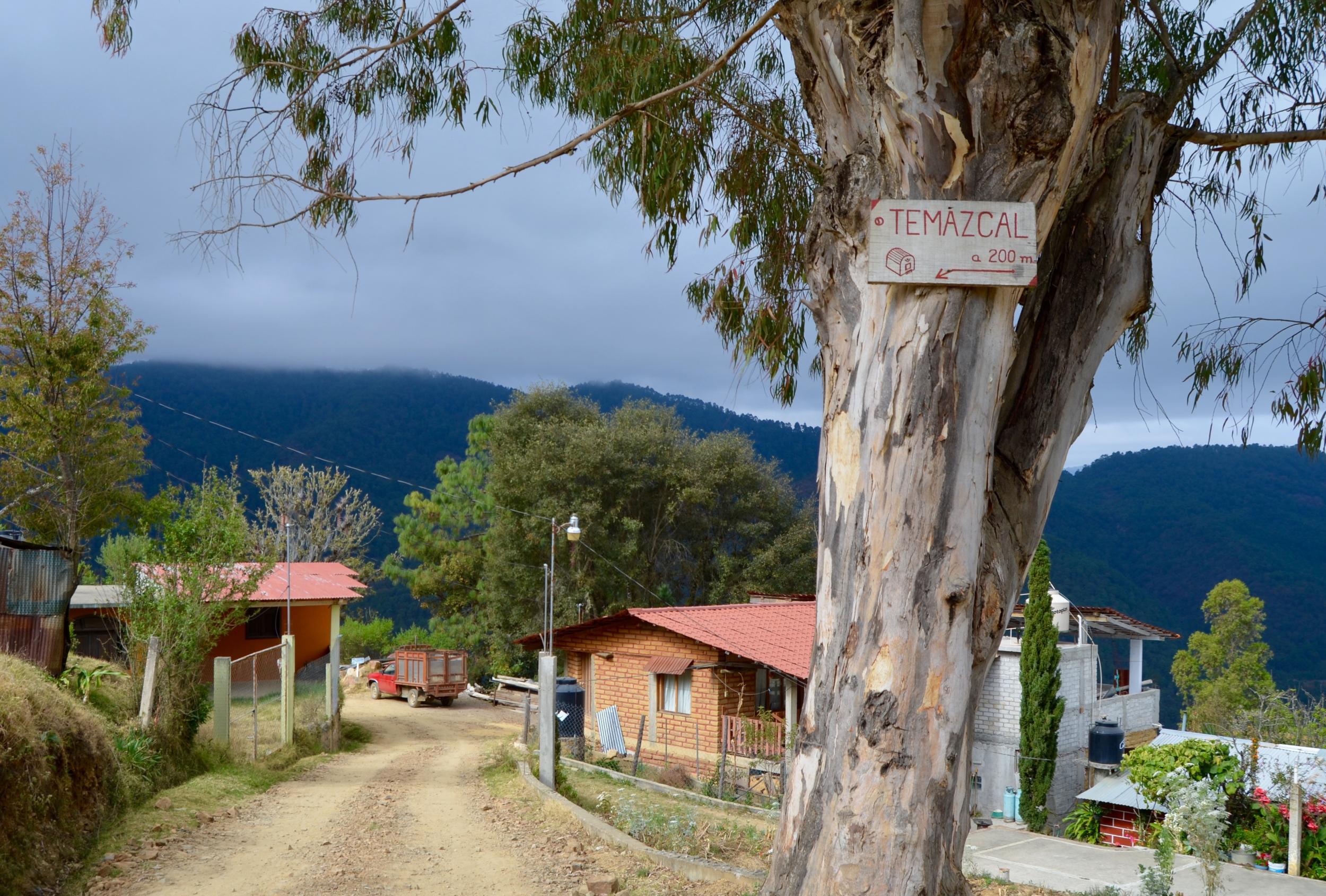
“The oven is excellent for your health,” says shaman Alvina Garcia, “cleaning” us with a rubdown of various plants and letting us in to a round adobe hut heated by volcanic rocks, which we splash with herb-infused water to get extra steam. We sweat inside for nearly an hour – the perfect treatment for sore muscles, though I wish we’d learned more about the history and meaning of the practice.
But that, in a way, is the point of visiting the Pueblos Mancomunados: this isn’t your average tourist experience where you’re presented with “local” things to do, but more a case of the visitor fitting in with local life. The next morning, instead of taking off at crack of dawn, we laze over a breakfast of eggs, beans and tortillas, drinking hot chocolate and coffee from enormous clay bowls. Only in Mexico.
Our hike to San Miguel Amatlán is equally untricky. We eat a picnic by a stream, before the flat terrain gives way to a trail snaking higher, along a canyon full of trees drowning in amber leaves and Spanish moss. We pass through another pueblo, Lachatao, before arriving in Amatlán, where a lunch of horchata and steaming chicken soup welcomes us. And then, all too soon, our two-day break from reality – no noise, no pollution, no email; just trees, skies and welcoming smiles – is over.
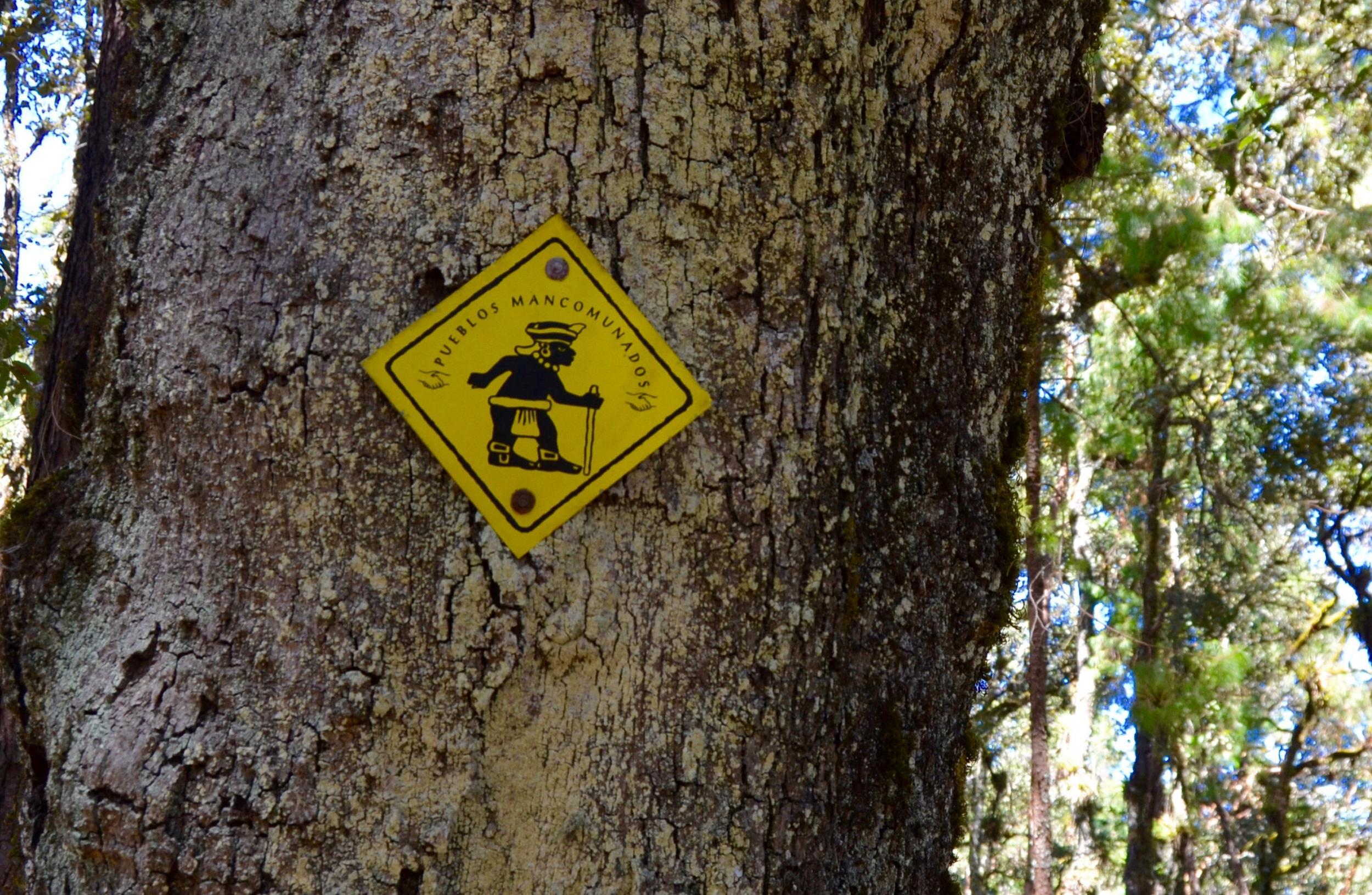
Martinez, too, wishes tourists would stay longer. “We don’t want mass tourism,” she says. “But we’re looking to increase clients’ stays, so they spend more time in the communities.”
As the truck rumbles down the mountains towards Oaxaca City, our driver points to another village – one that isn’t part of the cooperative, whose membership is strictly limited to the six original communities. When I ask why, he responds like I should already know the answer.
“They have their own visitors,” he says. Then, with a hint of pride, he adds: “The Pueblos are ours.”
Travel essentials
Getting there
AeroMexico flies from Heathrow to Oaxaca City via Mexico City from £676 return. Otherwise the journey requires one extra stop: airlines connecting in Europe as well as Mexico City include KLM via Amsterdam and Iberia via Madrid. From Oaxaca City, it’s a 90-minute drive to Cuajimoloyas. Book a private transfer through the Sierra Norte office, or take the bus.
Staying there
You can book a multi-day trip through the Sierra Norte office, complete with transportation, lodging, guides and meals. Two-day trips start at $1,826MXN (£78) per person. If booking accommodation independently, double cabins cost 550 pesos (£23), room only.
More info

Join our commenting forum
Join thought-provoking conversations, follow other Independent readers and see their replies
Comments